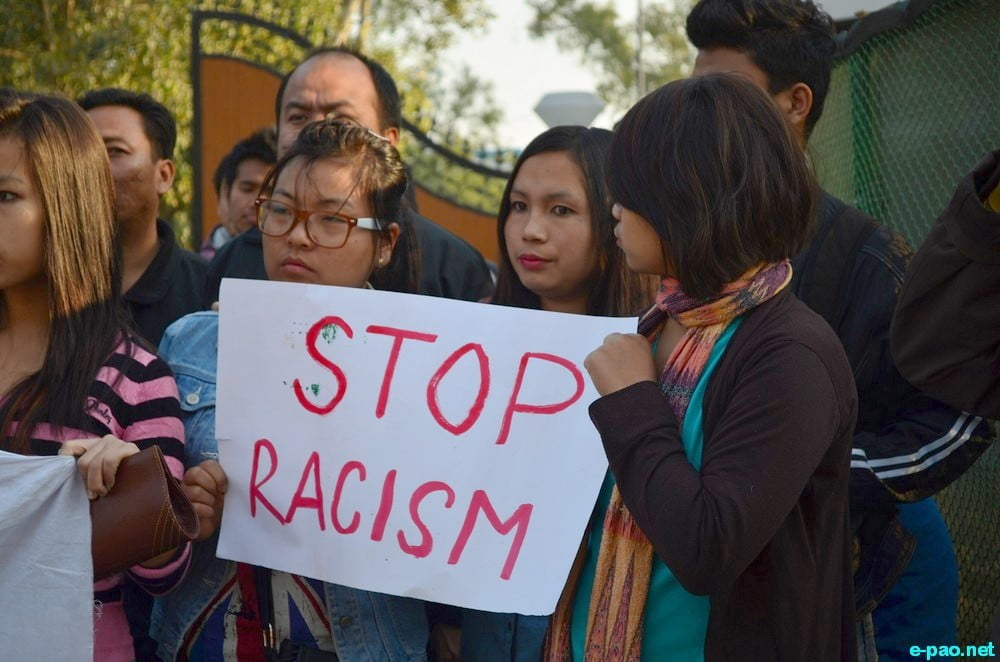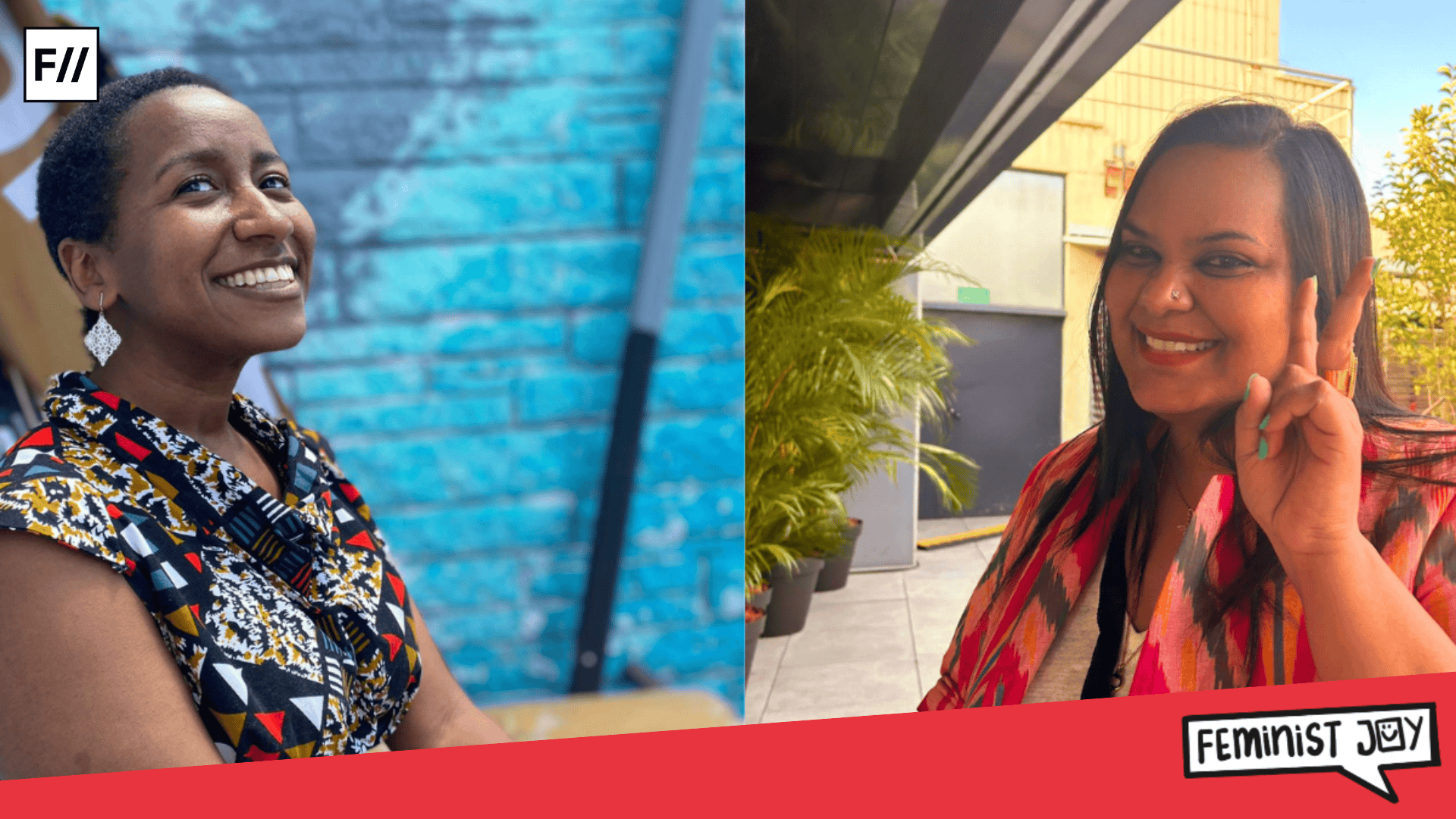I moved to Delhi in 2006 from Ladakh. I had the privilege of studying in a good school with various facilities here. Getting a “decent” education is still a privilege that not many enjoy in Ladakh. I was made aware of these privileges very early in my life.
Harassment in the form of racism accompanied this privilege. My mongoloid features did not fit in anywhere in the homogenous-Hindu identity of India; not even in my own state of Jammu and Kashmir.
People would ask, “So where is Ladakh in the state of J and K?” and when I would state Kashmir, people would often tell me, “Oh, you don’t look Kashmiri!” In school, I would be asked if I was from Manipur (as if there is just one state in the North East) or Nepal.
Even the teachers would not shy away in legitimising the use of racist slang by using it on their own students. My social science teacher once picked on two boys by calling them “chinks” and belittling them in front of the entire class. The incident consolidated hatred, disgust and fear – which I associate with the C word.
Harassment in the form of racism accompanied this privilege of education.
This monolithic idea of India is not just rooted in fellow Indians but also foreigners. I was told by a South Korean person who came to my college for an exchange program that I “don’t look” Indian.
I was reminded of the deep rooted hegemony and various instances of racism that exists in their community towards migrated Africans and South Asians. It translated in their “lack of consensus” on the issue of the anti-discriminatory law recommended by the UN Human Rights Commission.
What is considered to be the dominant race is decided by its proximity to the centre of the State while those on the margins are alienated. This is one such way in which racial dominance works like a magnetic effect, where racial backwardness of people who don’t belong to the ‘mythical’ image of mainland India extends to their cultures as well.
Also read: The Assigned “North-East” Identity: Why India Is Not My Cup Of Tea
For instance, in my own state, there are many dialects and rich old subaltern oral narratives which are dying due to the lack of institutional support from the state. They are left out from the purely homogenous and Brahmanical ambit of ‘Indian Literature’. We are “unfamiliar” with narratives from these places like the mythical oral epic of Gyalam Kesar (quite popular in Ladakh and parts of Asia) and is one of the world’s greatest epics, but invisiblized in India.
One can also argue that by putting such culture(s) under a singular type can be delimiting as they go beyond state boundaries, but are marginalized to such an extent that they are not even “familiar” to the mainstream consciousness to be recognized. I am not even talking about the cultures of people who have migrated to and made India their home such as Africans, Tibetans, Rohingyas, etc.
If you think racism stops once you move closer to people who look alike (to be crude) then that’s wrong. It is a system which finds new ways of defining and practising hierarchies. There can also be intra-racial discrimination on the basis of the dominance of one culture and therefore its people towards another.
Many dialects and rich old subaltern oral narratives which are dying due to the lack of institutional support from the state.
For instance, in Ladakh, there is a standard of beauty which people from the region close to the main city seem to hold onto while using it to discriminate against people from remote villages. Marriages are usually not preferred between such couples citing distance as a problem. Which features gain dominance under what power structures is then a debatable one.
Perhaps, it is time that we question what constitutes racism in India. How “cultural backwardness” is endemic to racism, that too in a society like ours where culture is strongly intertwined in the consciousness of people. It is not only based on racial features, but also rooted in culture.
Also read: Living In Delhi As A Northeastern Woman: Do My Small Eyes Make Me Less Indian?
Featured Image Credit: E-Pao
About the author(s)
Deachen Angmo is currently an intern with FII.




